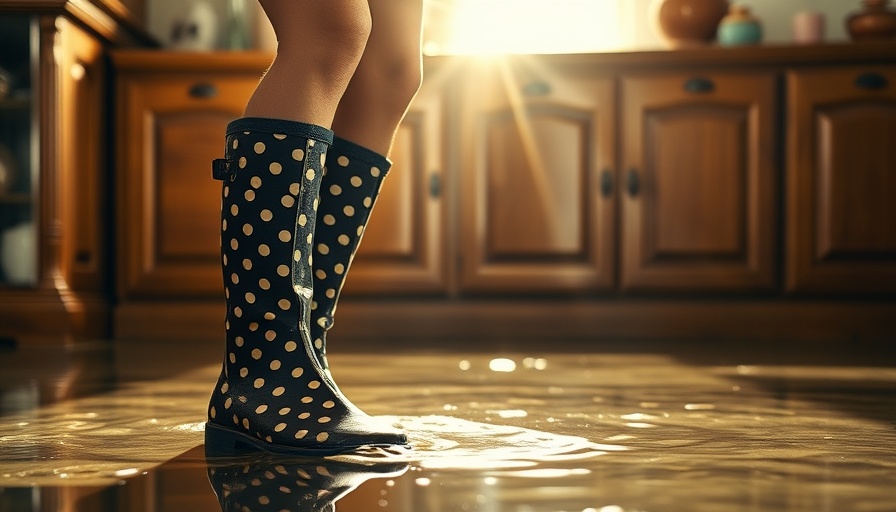
Understanding the Three Types of Water Damage
Water damage can range from a minor inconvenience to a serious structural concern, characterized by three primary types: clean, gray, and black water. Clean water, originating from sources like rain or leaky pipes, is relatively harmless and can typically be addressed without professional assistance. However, gray water, which includes slightly contaminated water from dishwashers or washing machines, may pose health risks, necessitating careful cleanup and potentially some safety gear. Similarly, black water, which contains harmful contaminants from sewage or flooding, should always be handled by professionals due to its serious health implications. If you're dealing with any of these situations, knowing the type of water damage you're facing can dictate your approach to repair and cleanup, ultimately guiding you on whether it's a DIY job or time to call in the experts.
Quick Mold Inspections: A Must-Do Post-Water Damage
After any water damage incident, immediate inspection for mold and mildew is crucial. Mold can begin to develop in as little as 24 hours under the right conditions, posing health risks and significantly complicating your repair process. In addition to visible areas, don't forget to examine concealed spaces like walls and under flooring where mold can lurk undetected. If you discover mold, it's essential to either cut out and remove small affected areas or, for extensive mold issues, to seek professional help. Acting promptly can prevent the spread of mold and avoid costly repairs later.
Drying Techniques: Out with the Moisture!
Efficiently drying out the affected area is vital in preventing further damage and mold growth. For areas impacted by minor leaks, using fans to promote air circulation might suffice. However, for extensive flooding, consider employing larger equipment such as dehumidifiers and industrial fans suitable for drying hard-to-reach places like beneath carpets or behind walls. A thorough drying process minimizes the risk of lingering water damage, ensuring a healthier environment and preserving the integrity of your home.
Replacing and Repairing Damaged Materials
Once you're certain all moisture has been expelled, it's time to assess and remove damaged porous materials, including carpets, drywall, and insulation. If these materials have absorbed water, they may need to be discarded due to irreversible damage and potential mold issues. For drywall with sagging or swollen sections, a section-by-section replacement may be necessary. Pay careful attention to any wooden structures—replace damaged or rotting wood to maintain your home's structural integrity while allowing for a thorough cleanup before moving forward.
Preventing Future Water Damage: Awareness is Key
To ward off future water damage, understanding your home's vulnerabilities is essential. Regular inspections of roofing, plumbing, and external siding are advisable—look for cracked seals and any wear that might lead to leaks. In particular, seasonal checks can catch issues early on, enabling you to address them before they escalate into costly repairs. Leveraging modern materials like waterproof flooring or effective sealants can also go a long way in safeguarding your home against possible water damage.
In summary, repairing water damage involves understanding the source, quick action to mitigate potential mold growth, thorough drying of all affected resources, and careful replacement of damaged materials. Taking these steps is crucial to not only restoring your home but also protecting it from future incidents. For comprehensive repairs, especially involving severe water damage or mold issues, it's always a good idea to consult with professionals for the best outcomes. Your home deserves expert attention to ensure it's safe and sound for you and your loved ones.
Ready to keep your home safe from water damage? Explore services or resources that can assist you in identifying and addressing risks today!



Write A Comment